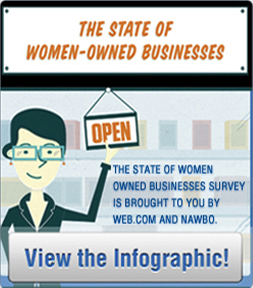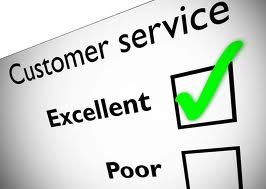Social Media Examiner recently published an interview with Becky Carroll, author of The Hidden Power Of Your Customers, a book about growing your business by tapping into your current customers.
Yes, your current customers. As small business owners, we often focus on acquiring customers. The easiest sale, however, is to the ones we already acquired. Think about it: you have already spent time and money acquiring them, they know you, they know your products and business, and they can generate new sales for you via word of mouth.
In her book, Carroll suggests employing a ROCK strategy to reach your current customers:
R – relevant marketing
O – orchestrated customer experience
C – customer-focused culture
K – killer customer service
While a customer-focused culture doesn’t need explanation, let’s look at the other 3 terms. Relevant marketing means tailoring your marketing messages so they are relevant to your existing customers. While you might hook new customers by offering them a discount, free consultation or sample, your current customers would be more likely interested in buying a complimentary service or add-on product.
An orchestrated customer experience means making every touch point, whether it’s directly with you, online, an ad, or walking into your store, meaningful. You want to constantly make a positive impression to build brand loyalty. If you have a bricks and mortar location, how is it laid out, what does it look like, how clean is it, what does it smell like? When the customer uses your product or service, how is their experience?
Killer customer service mean providing such great customer service that your customers want to shout (in a positive way, of course!) from the rooftops. If you treat them well, they will be happy to be customer advocates for you.
For any business, typically 80% of your business come from 20% of your customers. Your advocates are about 5-10% of your customers, and by advocates, Carroll refers to your best customers, who can become a great source of referrals for you. Figuring out who they are is not that hard.
Every day advocates are the people who sell your product or service based on compliments they receive. “I love your website, who designed it for you?” Mentions in tweets or blogs are also examples of every day advocacy.
Your best advocates are hand raisers. A hand raiser is a customer who is always on your Facebook page leaving comments; the person who takes time out of their day to fill out a survey; the people talking about your product or service online and to friends; and the people shopping in your store all the time.
Of course, one company who really pays attention to their customers is Zappos. Another great example is FreshBooks, which focuses on social media to take care of customers. Here’s on example: If a FreshBooks executive is traveling, they will send a message to all local customers and invite them to breakfast, lunch, or dinner. There is no pitching, just building a community and network. FreshBooks customers love this concept, and they tweet and post status updates on Facebook about their experience.
***
Have you used any particular strategies to effectively target your current customers? Leave a comment below!
Image courtesy of dkidiscussion.blogspot.com
Google+













